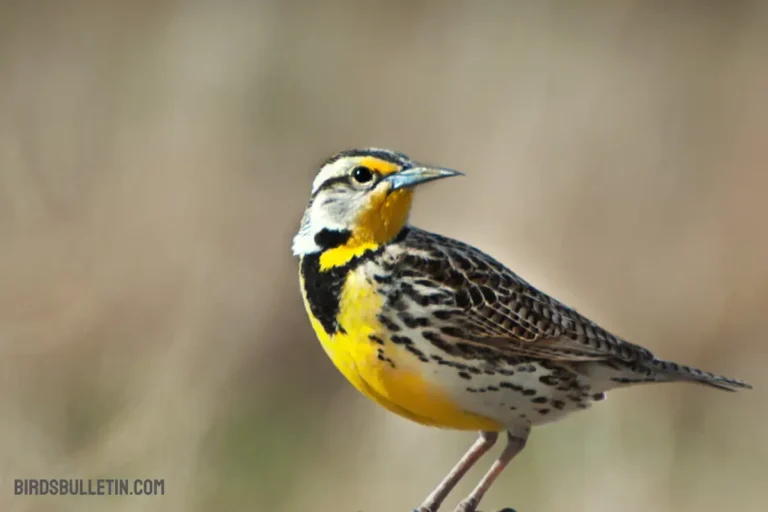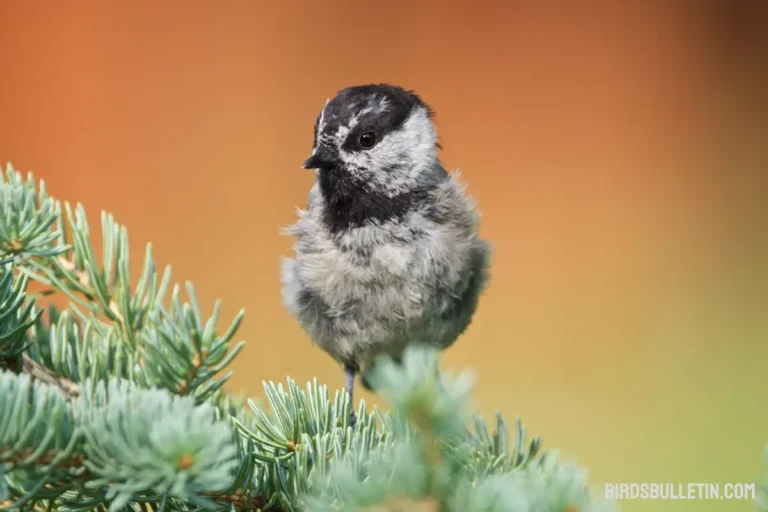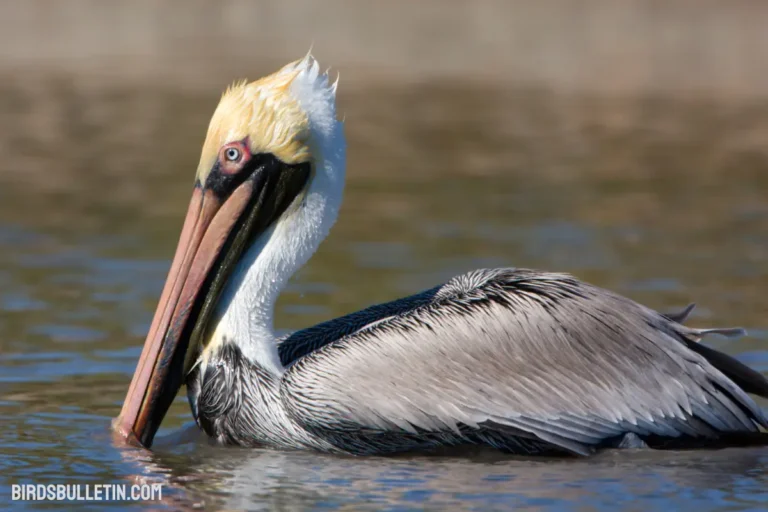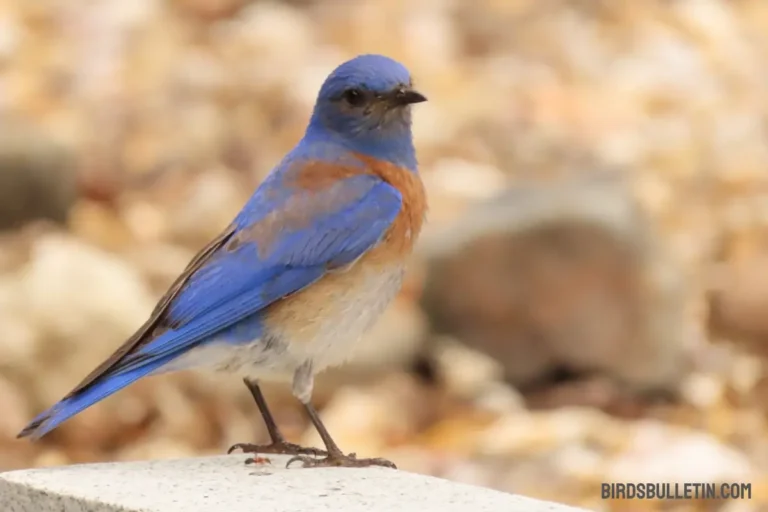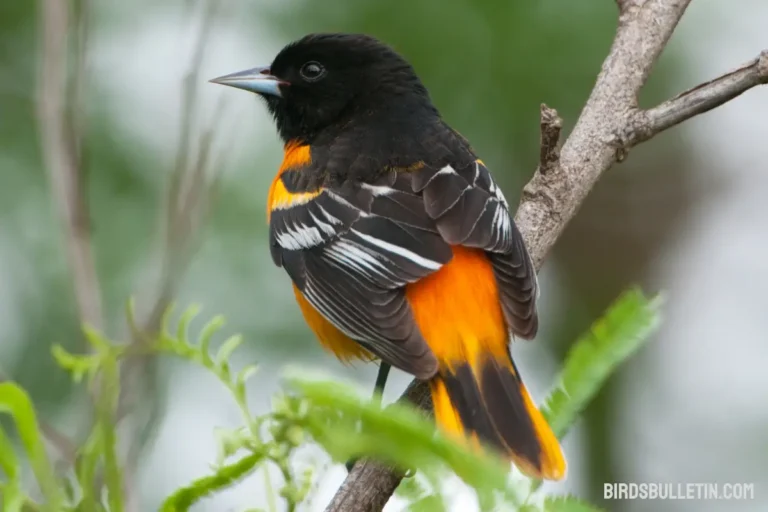Northern Mockingbird: Subspecies And More
The northern mockingbird is known for its complex songs and ability to mimic sounds. This bird is commonly found in open areas including forest edges, parks, thickets, and suburban yards.
An omnivore, it feeds on insects, fruits, seeds, and even small reptiles or amphibians. Let’s take a look overview at this beautiful bird.
Interested in similar topics on birds overview:
How Can the Northern Mockingbird Be Identified?
The northern mockingbird (Mimus polyglottos) is a medium-sized songbird native to North America. It has long legs and a tail, a slender body, and a rounded head. Adults have gray upperparts and white underparts.
Their wings are short, rounded, and broad, showing white patches when spread. Mockingbirds have black eyes and a long, black bill.
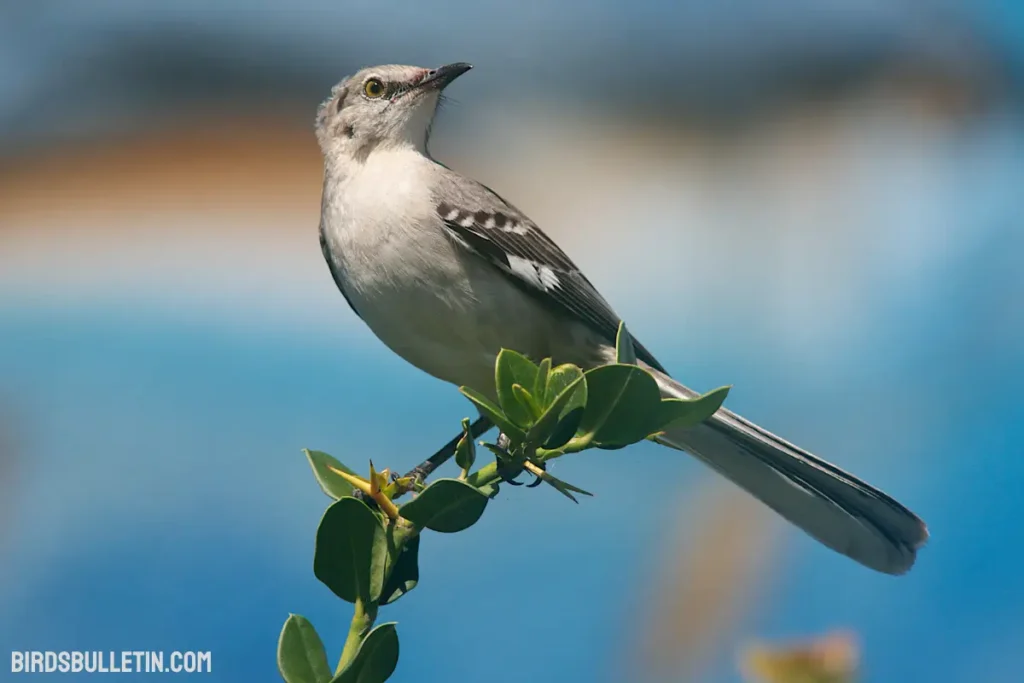
Males and females look alike. Juveniles appear similar to adults but with browner plumage and less defined wing patches.
The northern mockingbird is known for its complex songs and ability to mimic the sounds of other birds and animals. They frequently sing from high perches during the day and moonlight nights.
Northern Mockingbird Profile
Here is a table summarizing key facts about the Northern Mockingbird:
| Feature Name | Details |
|---|---|
| Scientific Name | Mimus polyglottos |
| Alternative Common Names | Floridian Mockingbird |
| Color | Gray upperparts, white underparts, black eyes |
| Lifespan | 8-10 years, captive birds can live up to 20 years |
| Wingspan | 12-15 inches |
| Weight | 1.6-2.0 oz |
| Size | 8.3-10.2 inches |
| Diet | Insects, berries, seeds, fruit |
| Breeding Season | Spring and early summer |
| Locations | Widely across the Americas |
| Threats | Fire weather, Urbanization, heat wave of spring |
What Subspecies of the Northern Mockingbird Exist?
The northern mockingbird has three recognized subspecies:
01. Mimus polyglottos polyglottos (Linnaeus, 1758) is found in eastern North America, ranging from Nova Scotia to Nebraska and as far south as Texas and Florida. (Common northern mockingbird)
02. Mimus polyglottos leucopterus (Vigors, 1839), the western mockingbird, is found in western North America from Nebraska and western Texas to the Pacific Coast and Mexico. It is larger than M. p. polyglottos with a slightly shorter tail. Its upperparts are more buff and paler, and its underparts have a stronger buff pigment.
03. Mimus polyglottos orpheus (Linnaeus, 1758) is found in the Bahamas, Greater Antilles, the Cayman Islands, and the Virgin Islands. It is similar to M. p. polyglottos but smaller, with a paler gray back, and little to no buff on the underparts.
There have also been proposed races from the Bahamas and Haiti placed under the M. p. orpheus subgroup.
What Is the Population Status of the Northern Mockingbird?
The northern mockingbird has a large population estimated between 35-45 million. According to the North American Breeding Bird Survey, mockingbird numbers remained relatively stable from 1966 to 2015.
They are classified as a species of Least Concern by the IUCN due to their huge range and population size.
In certain areas, habitat loss has led isolated populations to decline. But overall, the ubiquitous northern mockingbird remains common across North America. Its adaptability allows it to thrive in both urban and rural environments.
What Are the Migration Patterns of the Northern Mockingbird?
The northern mockingbird is partially migratory. Northern populations migrate south for the winter, while southern birds may remain year-round. Some mockingbirds migrate as far south as Mexico.
Migration takes place at night when there are cold temperatures and north winds. In the fall, the birds travel south between August and November. They make the return northward migration between late February and June. Northern mockingbirds travel alone instead of in flocks during migration.
What Behaviors Does the Northern Mockingbird Exhibit?
Northern mockingbirds are intelligent, territorial birds best known for their remarkable ability to mimic sounds. A single mockingbird can mimic up to 200 different species of birds, insects, amphibians, and mammals. Mimicry plays a role in attracting mates and defending territories.
These mockingbirds are aggressive defenders of their nests and feeders. They frequently attack perceived threats, diving from the air or chasing after intruders while snapping their bills. Mockingbirds typically have one long-term mate, though males may mate with other females.
How Does the Northern Mockingbird Interact With Humans?
This northern bird adapts well to living alongside humans. They frequently inhabit parks, backyards, fields, and other open spaces interspersed with trees and shrubbery. Mockingbirds are often seen perched on fences, wires, roofs, and other elevated human structures as they sing and watch for prey.
They readily visit backyard bird feeders and birdbaths. People enjoy hearing and identifying the mimicked sounds in a mockingbird’s diverse repertoire of songs and calls. However, mockingbirds can become aggressive during nesting season, swooping at people who get too close.
What Conservation Efforts Support Northern Mockingbirds?
Due to the large population and widespread distribution of northern mockingbirds, they have few significant conservation threats. Cities can help support urban mockingbird populations through practices like preserving standing dead trees, avoiding harsh exterior lighting, and reducing pesticide usage.
Providing native food sources like fruiting shrubs, limiting trapping, and keeping cats indoors will also benefit mockingbirds. Supporting groups like the Audubon Society aids conservation for all bird species, including northern mockingbirds. Preserving a diversity of habitats will ensure mockingbirds always have a place to sing.
The Migratory Bird Treaty Act of 1918 makes it illegal to hunt, kill, sell, or otherwise harm migratory birds, their nests, or their eggs without a permit. The northern mockingbird is protected under this act. So, in general, it would be a crime under federal law to kill a northern mockingbird without a permit.
Is It Crime to Kill a Northern Mockingbird? Birds’ Law
The Migratory Bird Treaty Act of 1918 makes it illegal to hunt, kill, sell, or otherwise harm migratory birds, their nests, or their eggs without a permit.
The northern mockingbird is protected under this act. So, in general, it would be a crime under federal law to kill a northern mockingbird without a permit.
- The northern mockingbird is native to the United States and is listed as a migratory bird protected under the MBTA. Killing one without a permit would violate the act.
- There are some exceptions – for example, harming a bird unintentionally or if they are causing property damage. But intentionally killing one just for the sake of killing it would be illegal.
- Punishments under the MBTA can include fines up to $15,000 and even imprisonment for up to 6 months for misdemeanor violations.
- States may also have additional laws protecting native bird species like the northern mockingbird. So, state laws should be checked as well.
- The MBTA does allow for permits to kill migratory birds for scientific research, education, falconry, etc. But a specific permit would be required.
So, it is generally illegal to kill northern mockingbirds in the US without a permit due to federal law protecting migratory bird species. There are some exceptions but intentionally killing one just for the sake of killing it would likely violate the Migratory Bird Treaty Act.
Frequently Asked Questions
01. How did the northern mockingbird get its name?
The mockingbird was given its common name in the late 1700s for its ability to mimic or ‘mock’ the sounds of other birds and animals.
02. Why do mockingbirds sing at night?
Male mockingbirds often sing more actively on moonlit nights to defend their territory or attract a mate when there are fewer night predators than in the daytime.
03. What is the mockingbird’s wingspan size?
The northern mockingbird has a wingspan ranging from 8.7 to 11.8 inches. Their wings are short, rounded, and broad compared to other songbirds.
Wrapping Up
This northern mockingbird is a distinctive songbird best known for its intelligence and mimicking ability. Widespread throughout North America, mockingbirds thrive in diverse environments from forests to suburbs.
Their aggressive nature and complex behaviors reveal an adaptable and captivating species. With proper habitat protection, the mockingbird’s mimicked melodies will continue entertaining and intriguing people into the future.
References:
- Farnsworth, A., Barker, K., Ericson, P., Lovette, I., and Ellison, K. (2020). Northern mockingbird (Mimus polyglottos), version 1.0. In Birds of the World (P. G. Rodewald, Editor). Cornell Lab of Ornithology, Ithaca, NY, USA. https://www.allaboutbirds.org/guide/Northern_Mockingbird
- The Migratory Bird Treaty Act (16 U.S.C. 703-712) clearly states that it is unlawful “to pursue, hunt, take, capture, kill” any migratory birds or their parts, nests, or eggs except as permitted by regulation. https://www.fws.gov/laws/lawsdigest/migtrea.html


